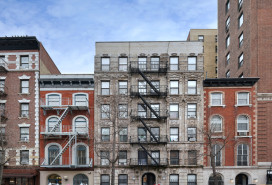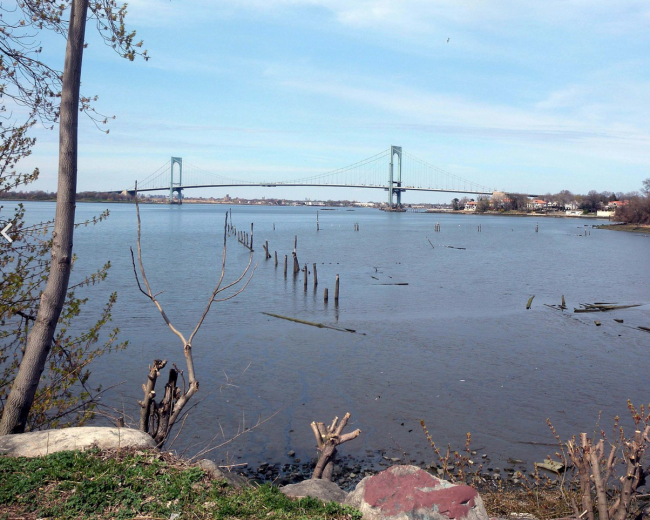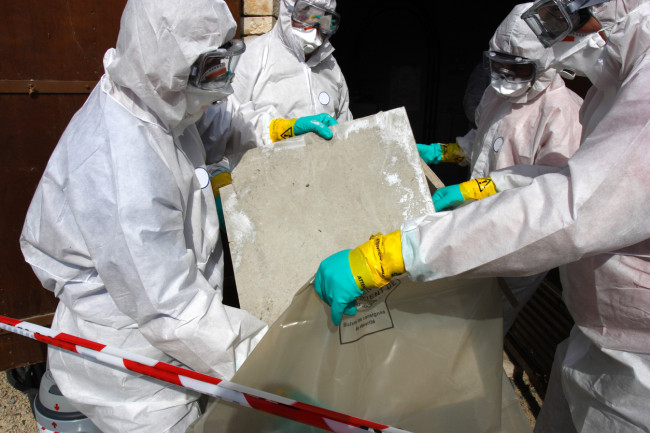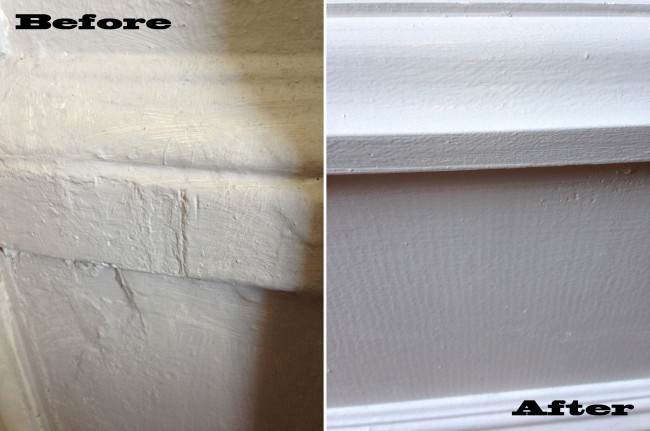Despite regulations, cases of lead paint poisoning persist in NYC
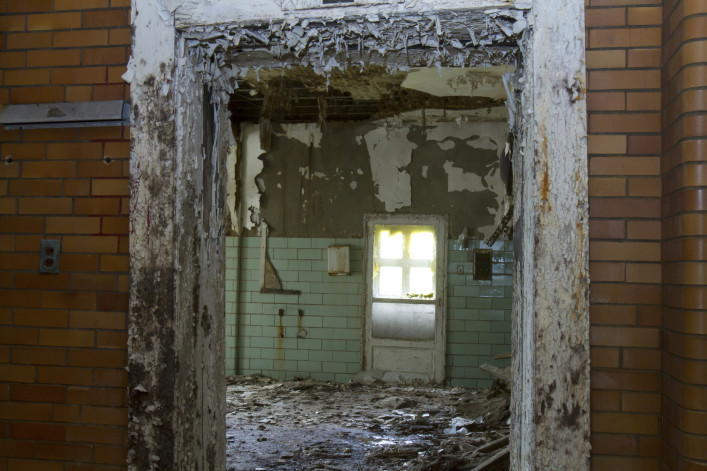
Lead paint poisoning has been found to cause cognitive delays in children.
Americans have recently gotten an education in the dangers of lead poisoning, due to the ongoing crisis in Flint, Michigan, where the municipal water supply has been contaminated by lead from corroded pipes. Thankfully, NYC’s tap water is widely considered safe and high-quality, but this doesn’t mean that all New Yorkers are free from the risks associated with ingesting lead. WNYC and the Huffington Post recently partnered on an investigation into how lead paint in old city apartments is continuing to poison children, while many landlords fail to remedy the real dangers it poses.
First, some background: In 2004, NYC passed the Childhood Lead Poisoning Prevention Act, which requires that landlords test for, and remove, lead-based paint if the units they oversee were built before 1960, the year the use of such paint in residences was outlawed. The worry is that kids living in these older apartments may ingest dust and chips from lead paint, which has a sweet flavor but a hazardous effect; exposure to lead can cause permanent developmental delays, as well as kidney damage, delayed growth, and a host of other side effects, which is why pediatricians conduct annual tests in patients under three to check for lead in their blood.
According to the investigation, the 2004 law, along with the blood tests, has led to a significant drop in instances of lead poisoning throughout the city. But the problem hasn’t vanished by any means, and last year, there were over 800 new reported cases, primarily in low-income neighborhoods. The city’s Department of Housing Preservation and Development issues violations to landlords with properties that have been found to contain lead paint, but in some cases, the discovery—and the fines—comes too late. One child featured in the investigation was found with significantly elevated amounts of lead in her blood. The damage was done: She has suffered cognitive delays and has been classified as having special needs.
Furthermore, some landlords are slow to act even after being hit with a violation: the report suggests that the high cost of removing paint acts a disincentive for some, and HPD lacks the necessary staff to take unresponsive landlords to court, which means that the issue often takes far too long to be resolved. This negligence is dire enough that Montefiore Hospital offers temporary residences where families can stay if their homes are too dangerous for children.
The WNYC/HuffPost story includes a map of lead paint violations throughout the city, which reveals that the neighborhoods with the most citations are frequently ones with the highest rates of poverty, as well, including parts of the South Bronx, Washington Heights, and Flatbush. Read more about it here.
Meantime, be sure to educate yourself on your rights as a tenant. If you live in a pre-1960 building, report peeling paint to landlords or the city’s 311 hotline. NYC.gov offers resources on lead poisoning prevention, as well as instructions for landlords and day care operators to remove paint, and the Mayo Clinic identifies a list of lead poisoning symptoms here.
You Might Also Like










